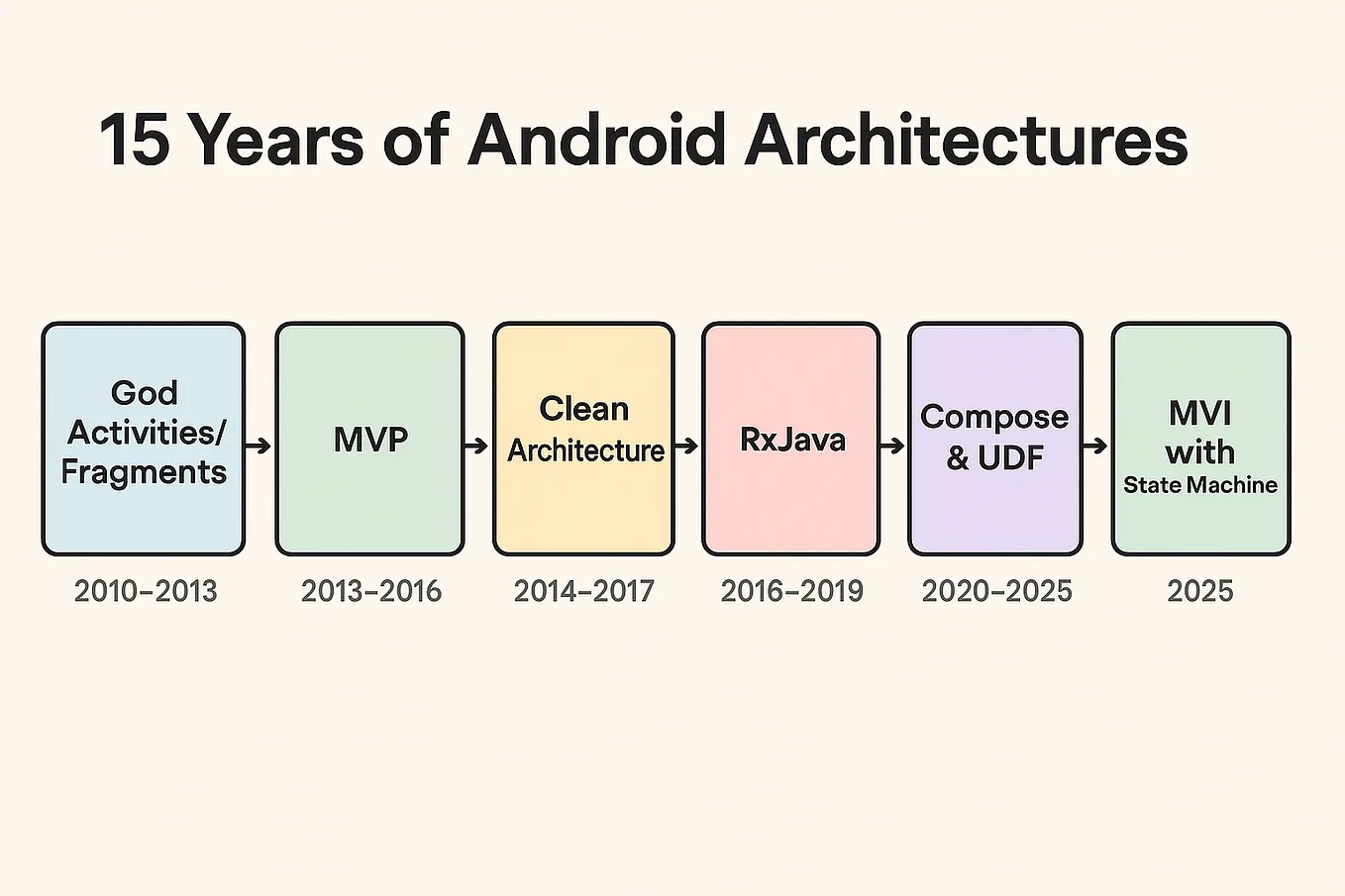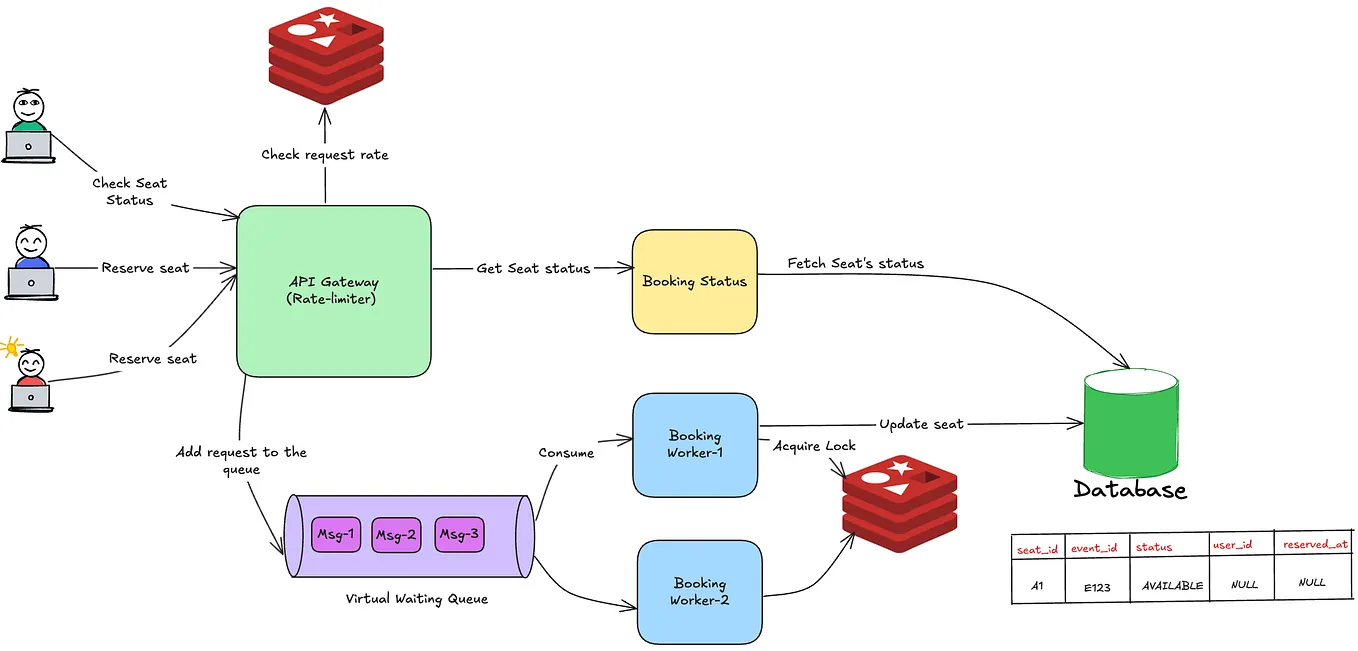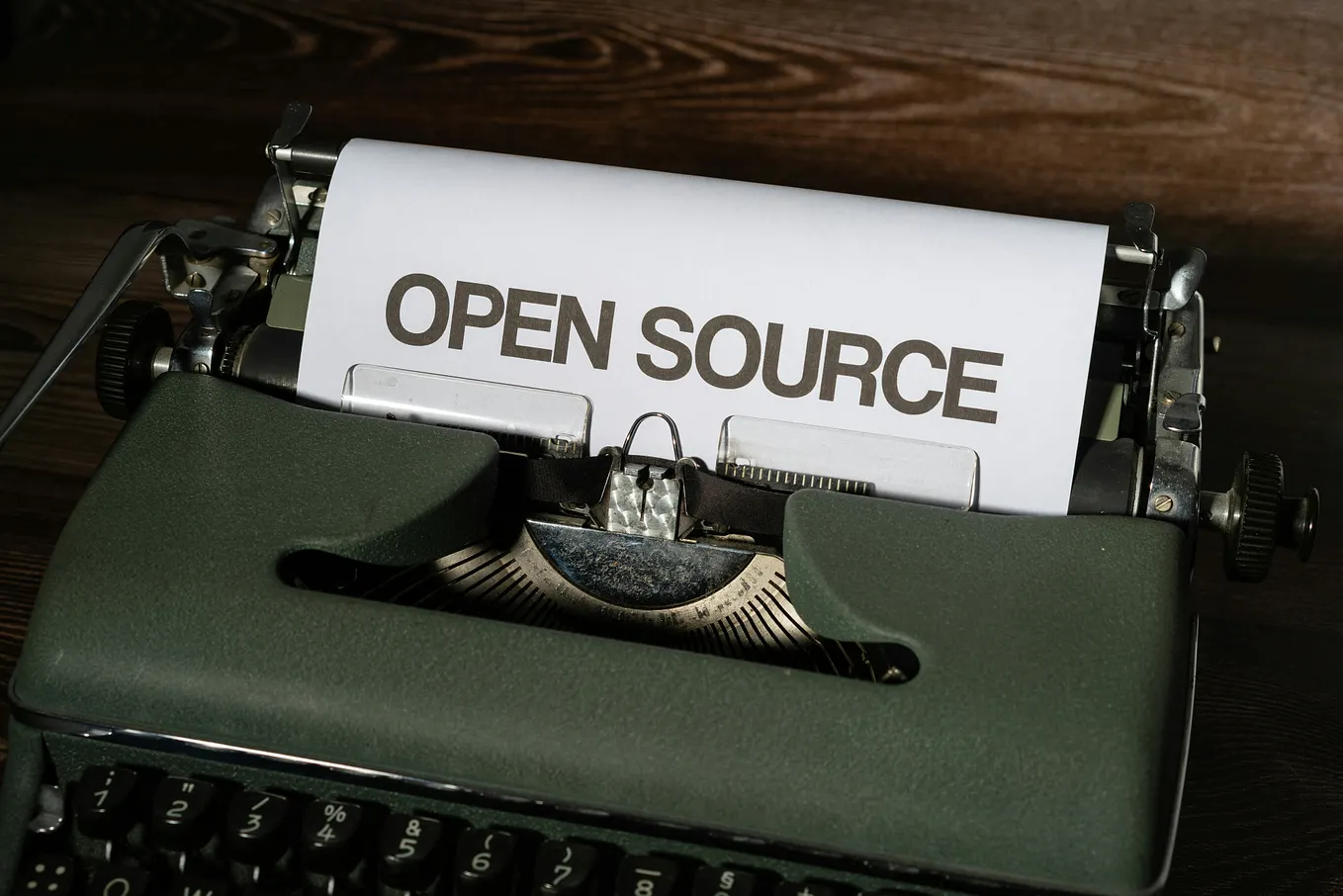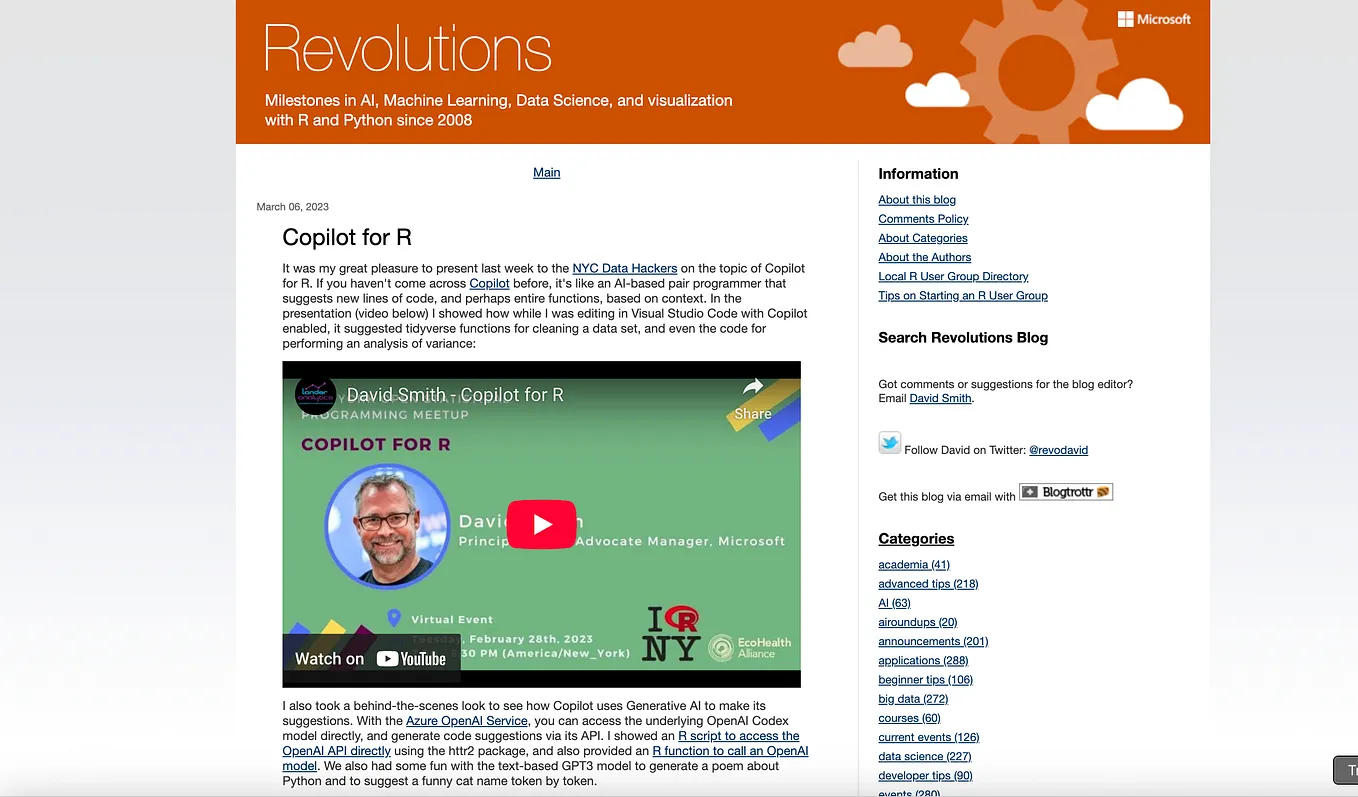Android Mobile DevOps — 10 Ways to Optimize Your Software Development Workflow with GitLab and Jira
From chaos to clarity: Practical strategies to automate delivery, streamline team visibility, and boost engineering velocity.
🧭 Introduction
Modern Android development isn’t just about writing Kotlin code — it’s about managing complexity.
You have GitLab for CI/CD, Jira for tracking, Firebase or Play Console for distribution, and multiple environments (Dev, QA, Prod).
But between merge requests, issue updates, QA validation, and releases, something always falls through the cracks — unless you automate the boring stuff.
In this article, we’ll explore 10 practical ideas to optimize your Android DevOps workflow by connecting GitLab and Jira in smarter, simpler ways.
No endless automation struggles — just actionable setups that reduce manual work, improve visibility, and make your entire release pipeline flow seamlessly.
⚙️ 1. Automatically Link Commits, Branches, and MRs to Jira Issues
When developers include a Jira issue key (e.g., APP-42) in their branch names, commit messages, or merge requests, Jira can automatically link those changes to the issue.
Why it matters:
- Full traceability between code and issues
- Less time wasted manually linking work
- QA can instantly see what code changes relate to each ticket
Example convention:
feature/APP-42-improve-loginor
git commit -m "APP-42 Fix crash on API 34 devices"🧩 2. Use Smart Branch Naming to Automate Issue Statuses
Stop manually dragging tickets in Jira.
Configure automations (or GitLab webhooks) so that creating a branch moves the ticket to In Progress and merging to main moves it to Done.
Why it matters:
- Less manual PM overhead
- Clear visibility for the team
- Developer actions automatically drive project status
Even if Jira’s built-in automations are tricky, this logic can be replicated via simple GitLab Webhooks and API calls.
🚀 3. Create GitLab Pipelines That Reflect Jira Releases
Use GitLab’s pipeline variables and tags to automatically push build metadata (e.g., build number, release name, Jira version) into Jira.
Example:
When your pipeline runs on the release/* branch, automatically create a Fix Version in Jira using its REST API.
This aligns code delivery with product planning.
🧠 4. Use Jira Labels or Components to Trigger CI Jobs
Simplify build pipelines by letting Jira control what gets built.
For example:
- Jira tickets labeled
build:qatrigger QA builds. - Tickets labeled
urgentpush to Firebase immediately.
A simple GitLab CI script can read Jira labels via API and make build decisions dynamically.
📦 5. Automate Versioning via Jira Issue IDs
Instead of manually bumping version codes, derive them automatically:
versionCode = last Jira issue number
versionName = sprint name or release versionThis keeps code and project tracking perfectly synchronized — and you’ll never forget to update Gradle files again.
🧩 6. Auto-Generate Release Notes from GitLab + Jira Data
A good release note should never be written manually.
Use a small Python or Node.js script to fetch:
- Merged MRs from GitLab
- Related Jira tickets and summaries
and generate a Markdown or HTML changelog automatically for Firebase App Distribution or the Play Console.
🧰 7. Enforce Jira Issue Keys in GitLab MRs
Add a GitLab Push Rule or Merge Request check that verifies every commit or MR title starts with a valid Jira issue key.
If it doesn’t — reject it.
Example pattern:
regex: [A-Z]{2,5}-[0-9]+Why it matters:
This guarantees traceability across all commits and avoids “floating” code changes.
🕹️ 8. Visualize CI/CD Progress Inside Jira
Instead of switching tools, show GitLab pipeline results directly inside Jira’s “Development” panel.
Using GitLab for Jira Cloud App, Jira can display:
- Latest commits
- Merge requests
- Build statuses
It’s a single source of truth for both developers and product owners.
🔄 9. Automate Environment Deployments (Dev → QA → Prod)
Use Jira transitions as deployment triggers.
When a ticket moves to “Ready for QA,” GitLab CI triggers a QA build automatically.
When QA marks it “Ready for Release,” GitLab pushes to production.
This connects your issue lifecycle directly with your deployment pipeline.
🔒 10. Use Permissions and Roles to Secure the Workflow
Not every developer should push to production or modify Jira transitions.
Use:
- GitLab protected branches for release control
- Jira role-based permissions for transitions
This ensures only authorized actions trigger production builds or releases.
🧩 Bonus Tip: Replace Overcomplicated Jira Automations
If Jira automations drive you crazy — and they will —
consider replacing them with lightweight GitLab CI scripts or serverless functions using the Jira REST API.
A simple curl call from your GitLab pipeline can update ticket statuses faster and more reliably than Jira’s rule engine.
🧠 Final Thoughts
The best DevOps setups aren’t those with the most tools — they’re the ones where tools talk to each other.
By unifying GitLab and Jira into a single feedback loop, you transform chaos into visibility, automation, and flow.
You don’t need 100 rules — just 10 smart ideas implemented consistently.
Dobri Kostadinov
Android Consultant | Trainer
Email me | Follow me on LinkedIn | Follow me on Medium | Buy me a coffee







